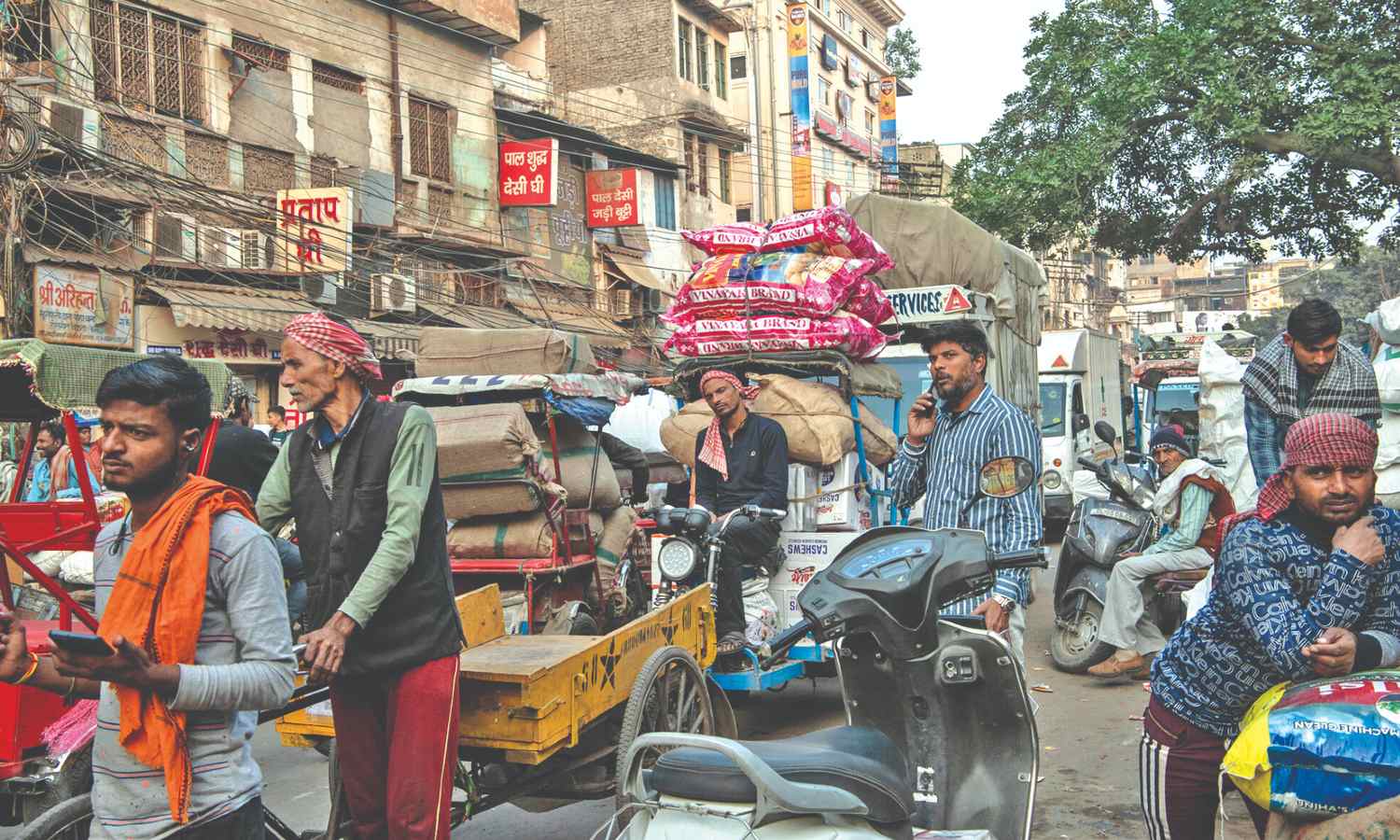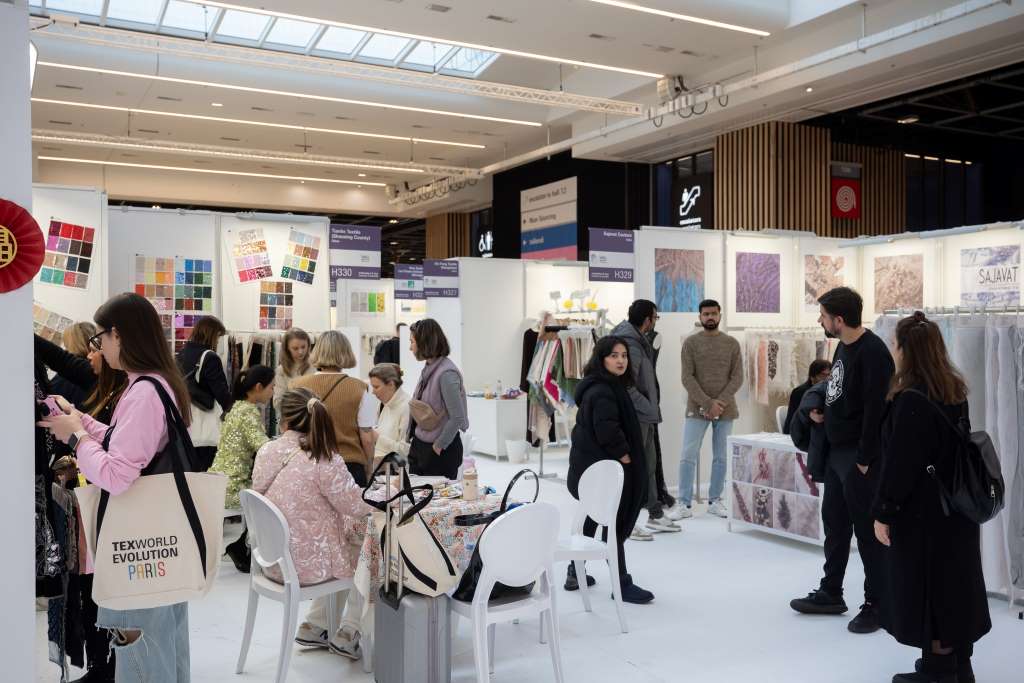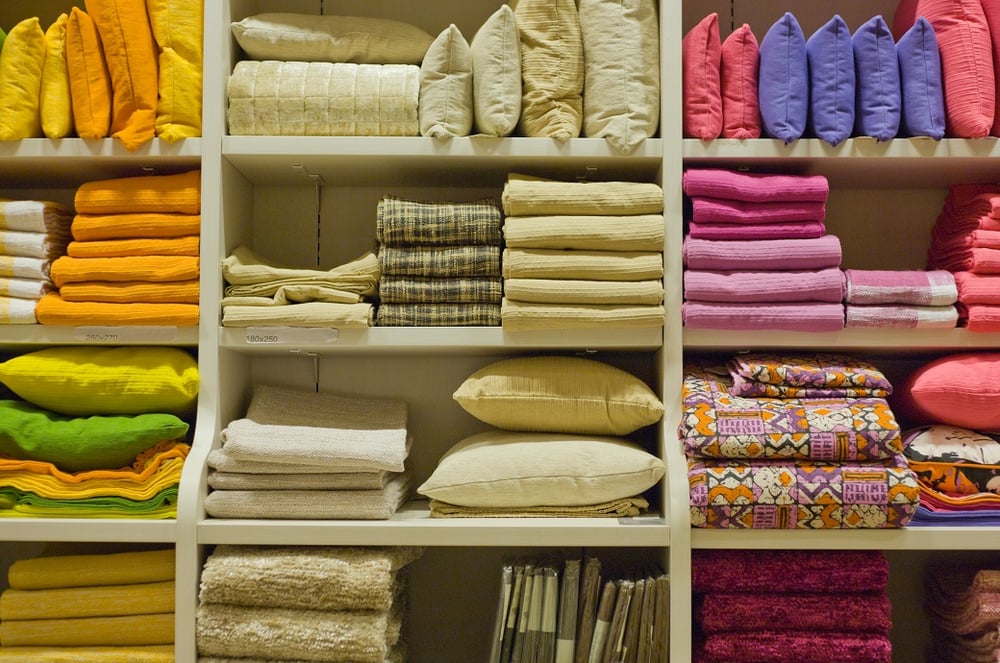Apparel sourcing players are now looking to tap the potential of sub-Saharan Africa. A recent study by McKinsey ‘Sourcing in a volatile world the East Africa opportunity’ reveals nearly 40 per cent of buyers see sub-Saharan Africa becoming more important to the global apparel industry in the next five years, up from just 24 per cent in 2013. For the first time Ethiopia is mentioned amongst the most important future sourcing destinations.
Chief purchasing officers (CPOs) plan to increase sourcing from sub-Saharan Africa nearly tenfold by 2020. This seemingly remarkable growth would see their sourcing from the region rise from just 0.3 per cent to 2.8 per cent. And while the majority of respondents say they see sub-Saharan Africa gaining in importance for the apparel industry over the next five years, few have concrete plans to add it into their own sourcing strategies. Nearly 40 leading apparel CPOs from Europe and the US were surveyed. They are collectively responsible for a sourcing volume of around $70 billion.
China is likely to remain the apparel production powerhouse for the foreseeable future, points out the report, but they also acknowledge the industry’s on-going search for attractive places in other parts of the world. There is extensive potential in sub-Saharan Africa and it remains untapped, notes Achim Berg, leader of McKinsey’s Apparel, Fashion & Luxury Group.
The optimistic outlook for sub-Saharan Africa is spurred by an analysis of population trends with the anticipated long-term growth in the working-age population set to reach levels similar to those of China by 2035. The top garment exporting countries in sub-Saharan Africa are: Mauritius with $761.3million in exports in 2013; South Africa ($502.9 million), Lesotho ($417.9 million) and Madagascar ($381.1 million). But those generating most interest are the East African nations of Ethiopia ($36.5 million) and Kenya ($279.3 million), both of which are taking steps to develop their domestic textile and garment industries and are already attracting orders from some of the largest US and European brands and retailers.
Asked to rank the most important future sourcing destinations, respondents included Ethiopia for the first time. In fact, for first time an African country has been mentioned. Berg believes, these two countries now have opportunities to boost their share of the global sourcing market. While Ethiopia has benefits on the cost side, such as labour and energy costs, Kenya offers higher levels of productivity. But there are still some hurdles that both countries need to overcome: they must work to ensure social standards and legal security as well as fight corruption.












